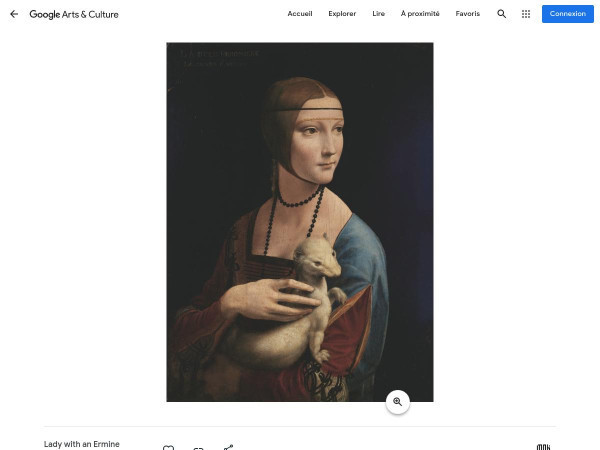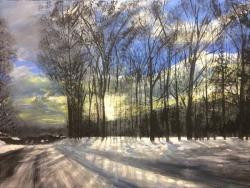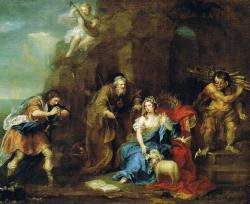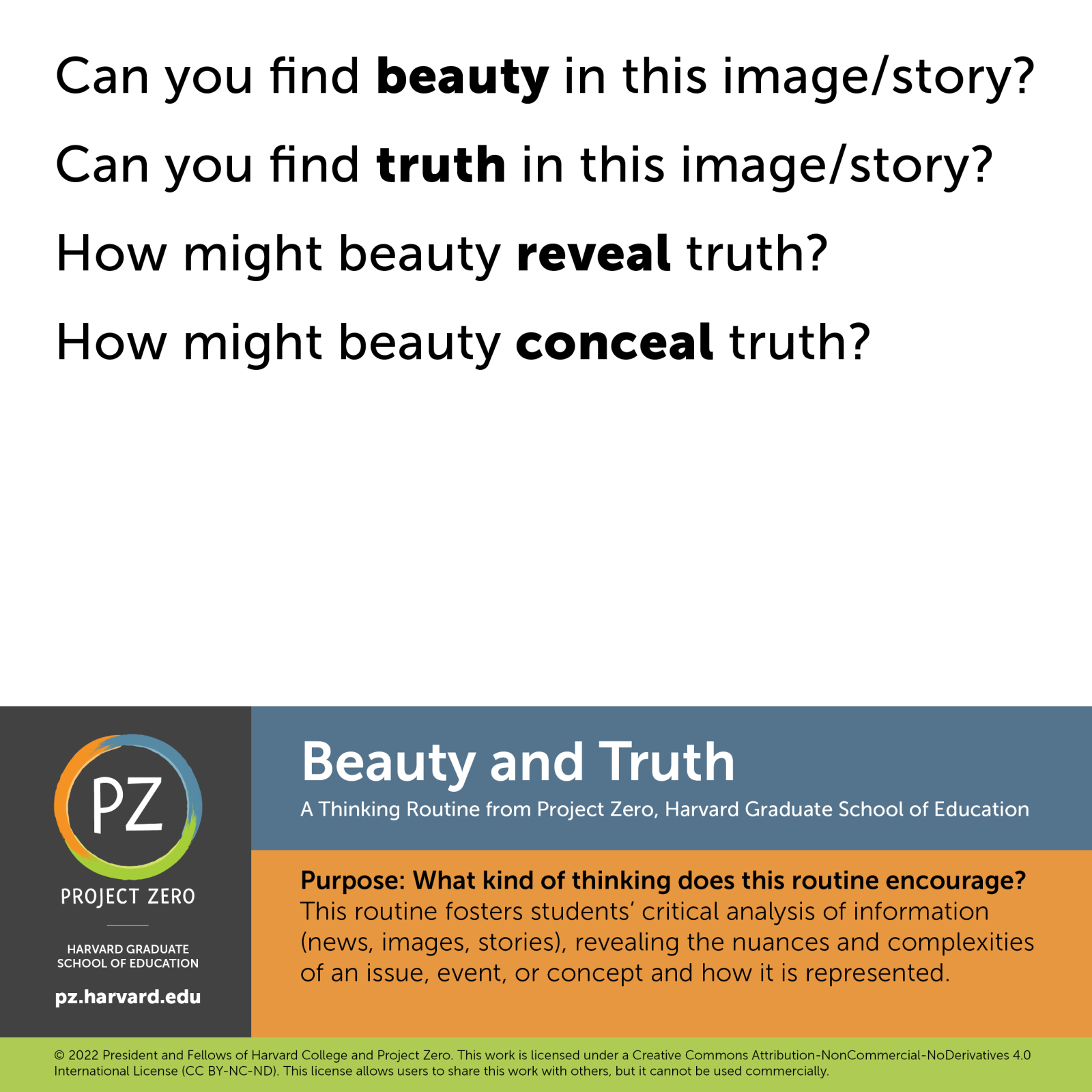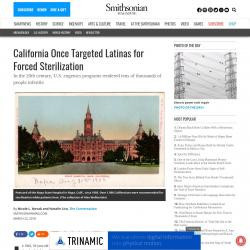Annette Spahr
As a Harrisburg Academy Upper School teacher, I interact daily with 10th, 11th, and 12th grade students - some who were born and raised in central Pennsylvania, and many others who have come to our school from China, Spain, Finland, South Korea, and Germany to receive their IB (International Baccalaureate) degree. I currently teach 10th grade American Literature, and 11th & 12th Grade IB Higher Level Literature. I currently live in a small Central Pennsylvania town with my husband, and I'm missing my three kids terribly as I have officially become an "empty nester" - sending my youngest to college this year. I love to read (naturally!), visit museums with my daughter who has lived in Washington D.C. and now resides in Philadelphia, as well as spend my time swimming, hiking, and taking an endless number of photographs. Currently my husband and I are jointly renovating our fourth "wreck" - this time with the goal to rent the property out....right now it's a disaster! But it's a great opportunity to work on a goal together.
Annette Spahr's collections
This Other Eden: Pilgrims, Puritans & the New Promised Land (2022 Version)
 Annette Spahr
Annette Spahr
Sweet Music in Harlem
 Annette Spahr
Annette Spahr
Emily Dickinson
 Annette Spahr
Annette Spahr
"The Tempest" - Wrap Up Assignment (#SAAMTeach)
 Annette Spahr
Annette Spahr
Personal Essays & Self Portraiture: "The more you look, the more you see." - Student Version - (#SAAMTeach)
 Annette Spahr
Annette Spahr
Perfume: The Story of a Murderer - Writing & Discussion Activities
 Annette Spahr
Annette Spahr


